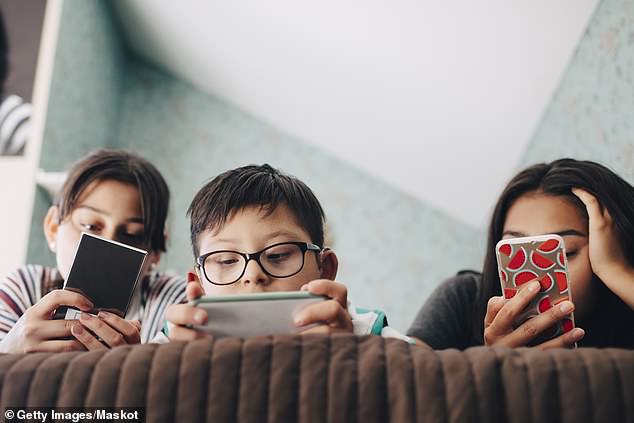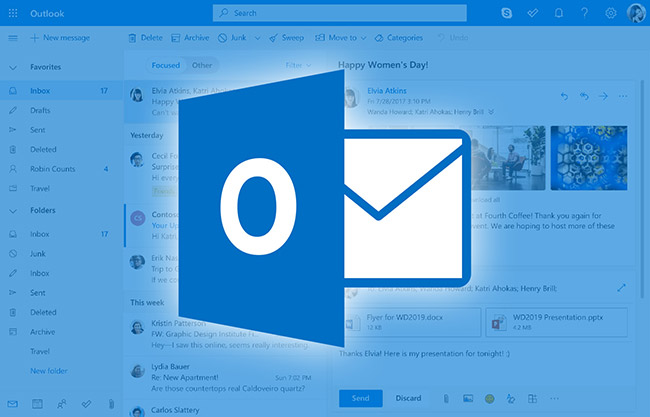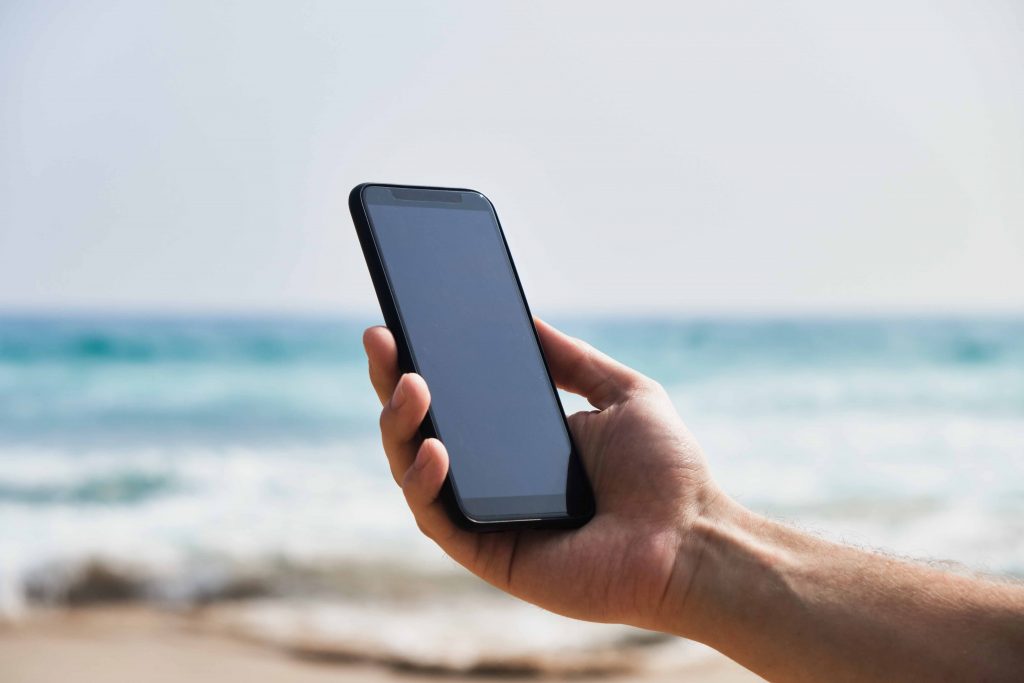
As the global Coronavirus situation continues to unfold many of us are now working from home. This comes with its challenges for all. But for those with children this can be even trickier – whether you are home schooling little ones or trying to cope with volatile teens. As parents of young children ourselves, the Shine Offline team are in this boat with those of you out there who are trying to work out how you are going to do your work, deal with your children and maintain your sanity!
There are lots of people offering advice online on keep kids entertained in the coming weeks and months – what a perfect example of the positive power of digital technology! Our focus at Shine Offline is specifically on digital wellbeing. Time and time again we get programme participants asking us for advice for positive parenting in a digital age. We aren’t experts in this field – it is a very different ball game and there are many psychologists and specialists out there who have great books and podcasts on the topic.
In this current climate though we feel it is our duty to share our own knowledge and personal practises with anyone struggling with making sure their kids aren’t spending all day on screens. So here we go…!
- Be realistic. We are experiencing an unprecedented situation and a huge amount of stress. Our children have their own digital behaviours and in a time of upheaval they will want to spend time on their devices whether to entertain, to game, to escape from own feelings of stress or to connect with friends. Also, if you have work to do, especially if you have younger children, getting them to spend some time playing on their iPad or watching cbeebies will come in very handy
- Don’t demonise the technology – this is something we are very passionate about at Shine Offline. Celebrating digital technology and using it to improve our lives and experiences. Rather than worrying about the repercussions of too much screen time focus on how you could encourage your kids to use the technology with real intention and purpose. Could they make funny stop motion videos on a tablet? Play a game online with friends? And who has been enjoying Joe Wick’s youtube PE lessons??!
- Create new guidelines for the home – these will depend on who is living in your house, their ages, current digital behaviours, etc but some things to bear in mind:
• Set time limits for younger children’s screen time and use a stopwatch or egg timer to manage this. And always give the 10 and 5 min warnings!
• If you have older children who are used to spending quite a lot of the weekend on their phone or other device put yourself in their shoes. Being at home = screen time. That is what is normal for them. And also their worlds have turned upside down too so having some solace online isn’t necessarily a bad thing. Keep an eye on the gaming but it can also help to reduce stress and get them interacting with their friends. And in times of crisis connecting with your friends is more important than ever.
• Make sure they are aware of the importance of screen free time for their mental health and to watch out for fake news, gossip and online Chinese whispers which could add to their stress and overwhelm
• Consider writing some screen management guidelines together. These could include screen time times in the day and areas in the home; time limits on screen activity; digital sundown and sunrise times – with devices being kept outside everyone’s bedroom in a central location. - Lead by example – your children will be looking to you in the coming days to guide and reassure them. Being mindful of your own digital behaviour, know when to disconnect from work and sticking to your new family rules and supporting each other if you are struggling will be more important than ever.
These are frightening and uncertain times. For many of us we have become acutely aware that our relationships with others is what really matters in life. The distractions and entertainment possibilities that technology offers can drive us all in different directions under the same roof if we retreat into individual screens. Periods of abstinence from phones and social media as a family have the potential to bring you closer together. Talk around the dinner table. Play a board game. Curl up for a movie. In these troubling times, parents have an opportunity to redefine family life and carve out a new way of living for the younger generation.
For more information visit one of the experts on managing you children’s screen time at www.internetmatters.com
Good luck everyone.


